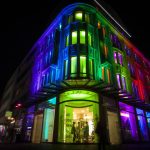Maximizing Growth: The Importance of Choosing the Right Color for Your LED Grow Light

When it comes to indoor gardening, one of the most crucial factors that can significantly impact the growth and development of your plants is the lighting. LED grow lights have become increasingly popular among gardeners for their energy efficiency, durability, and versatility. However, choosing the right color for your LED grow light can be a daunting task, especially if you’re new to indoor gardening. It’s important to understand that different colors have different effects on plant growth, and selecting the right one can help maximize your plants’ growth potential. The color spectrum of LED grow lights ranges from warm white to cool white, red, blue, and even full-spectrum. Each color has a unique wavelength that affects plant growth in different ways. For instance, red LED grow lights are known to promote flowering and fruiting, while blue LED grow lights are ideal for vegetative growth. Full-spectrum LED grow lights, on the other hand, provide a balance of both red and blue wavelengths and are suitable for all stages of plant growth. In this article, we’ll explore the importance of choosing the right color for your LED grow light and how it can impact the growth and yield of your indoor plants.
LED grow lights are a type of lighting system used to promote the growth of plants indoors. These lights are designed to emit light in specific wavelengths that correspond to the optimal spectrum for plant growth. Unlike traditional grow lights, LED grow lights use less energy and produce less heat, making them a more efficient and cost-effective option for indoor gardening. Additionally, LED grow lights can be customized to emit different colors, allowing growers to tailor the light spectrum to the specific needs of their plants. By choosing the right color of LED grow light, growers can maximize their plant’s growth potential and achieve healthier, more robust plants.
The color spectrum plays a vital role in the growth of plants. Each color of the spectrum has a different wavelength that affects the plant’s growth in a unique way. For instance, blue light is essential for vegetative growth, while red light is crucial for flowering and fruiting. Green light, on the other hand, is not as important because plants reflect it. Therefore, it is crucial to choose the right color spectrum for your LED grow light to maximize plant growth. By selecting the appropriate color spectrum, you can ensure that your plants receive the optimal light they need to thrive.
Understanding the Color Spectrum
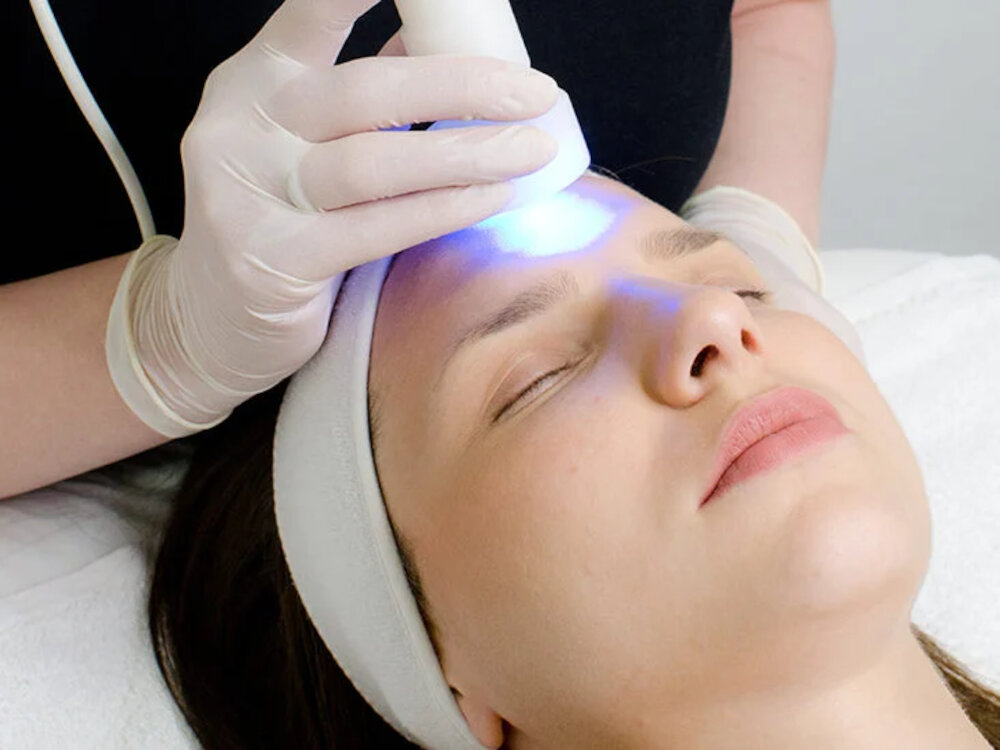
The color spectrum plays a crucial role in the growth and development of plants. It includes a wide range of colors, from violet to red, and each color has a specific effect on plant growth. Blue light promotes vegetative growth, making it ideal for seedlings and young plants. Green light has a neutral effect on plant growth, while yellow and orange light can stimulate flowering and fruit production. Red light is essential for photosynthesis and is crucial for overall plant growth and development. By understanding the importance of each color in the spectrum, growers can choose the right LED grow light to maximize the growth potential of their plants.
Different color wavelengths have distinct properties and benefits for plant growth. For instance, blue light with a wavelength of around 400 to 500 nm is known to promote vegetative growth and the development of chlorophyll. Red light, on the other hand, with a wavelength of around 600 to 700 nm, is known to stimulate flowering and fruiting. Green light with a wavelength of around 500 to 600 nm is essential for photosynthesis and aids in the absorption of nutrients. Other wavelengths such as far-red, UV, and infrared have also been shown to have positive effects on plant growth and development. It is crucial to choose the right color spectrum for your LED grow light to maximize plant growth and yield.
The Role of Red and Blue Light
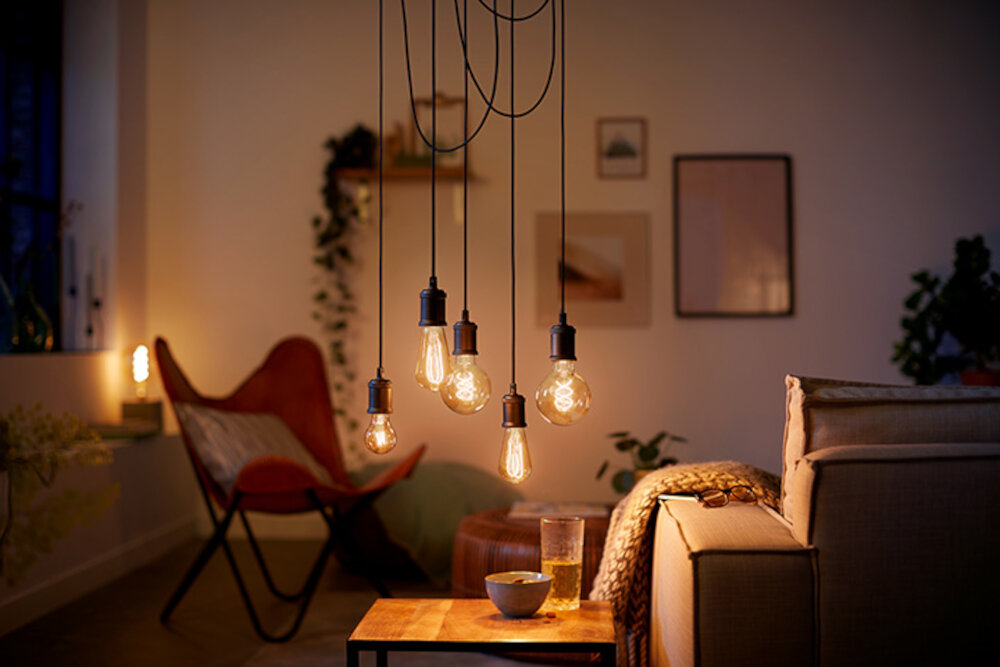
The role of red and blue light in LED grow lights is vital for the growth of plants. Red light, with a wavelength of 600-700 nm, is essential for the flowering and fruiting stage of plants. It stimulates the production of chlorophyll, which is responsible for photosynthesis, and the production of anthocyanin, which gives plants their red, purple, and blue hues. Moreover, red light promotes the elongation of stems, which makes the plants taller and more robust. Plants that receive sufficient red light have a higher yield and better quality produce. On the other hand, blue light, with a wavelength of 400-500 nm, is crucial for the vegetative stage of plants. It stimulates the growth of leaves and stems, making plants bushier and fuller. Blue light is also responsible for regulating the plant’s circadian rhythm and promoting photosynthesis. In addition, blue light helps plants develop a stronger root system, which enables them to absorb more nutrients and water. Plants that receive adequate blue light have a more compact and stronger structure, making them less susceptible to diseases and pests. In conclusion, understanding the role of red and blue light in LED grow lights is crucial for the growth and development of plants. By providing plants with the right color spectrum, growers can maximize their yield and quality of produce.
The importance of red and blue light in plant growth cannot be overstated. Red light is essential for promoting the growth of stems and leaves, while blue light is critical for the development of strong roots and healthy foliage. The combination of these two colors in the right proportions can help maximize plant growth and yield. This is because the wavelengths of red and blue light are most efficiently absorbed by chlorophyll, the pigment that enables plants to carry out photosynthesis. By providing plants with the right light spectrum, growers can optimize their productivity and achieve better results in terms of both quantity and quality. Therefore, it is essential to choose the right color for your LED grow light to ensure that your plants receive the optimal light spectrum for their growth.
The colors of light play a crucial role in plant processes, especially photosynthesis. Chlorophyll, the green pigment responsible for photosynthesis, absorbs light in the blue and red parts of the spectrum, which are essential for plant growth. Blue light promotes vegetative growth, including leaf and stem development, while red light stimulates flowering and fruiting. Green light is not as useful to plants because it is reflected by chlorophyll and not absorbed. Therefore, choosing the right color for LED grow lights is vital to maximize plant growth and yield. By providing the appropriate wavelengths of light, plants can perform photosynthesis more efficiently, resulting in stronger and healthier growth.
Choosing the Right Color for Your Plants
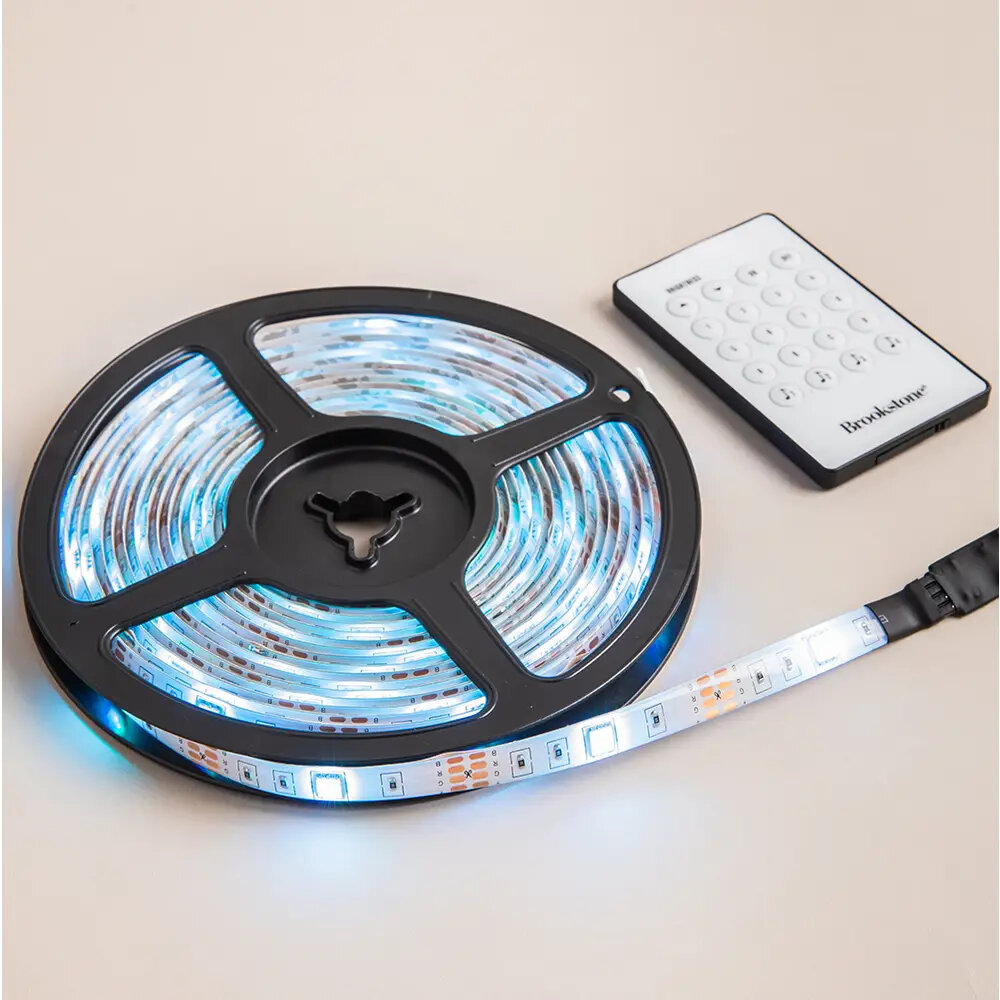
Choosing the right color for your plants is essential for maximizing growth and yield. When it comes to LED grow lights, color temperature is measured in Kelvin (K) and ranges from warm white (2700K) to cool white (7000K). For vegetative growth, cooler temperatures (5000K-6500K) are most effective, while warmer temperatures (2700K-3500K) are best for flowering and fruiting stages. It is essential to choose the appropriate color temperature for the specific stage of growth to ensure optimal results. In addition to color temperature, the color spectrum also plays a crucial role in plant growth. Plants absorb light through pigments called chlorophyll, which are most efficient at absorbing blue and red light wavelengths. Therefore, LED grow lights with a high proportion of blue and red wavelengths are most effective for plant growth. However, it is also important to include some green and yellow wavelengths to achieve a balanced spectrum that mimics natural sunlight, which can promote overall plant health and vitality. By considering both color temperature and color spectrum, you can choose the right LED grow light to maximize the growth and yield of your plants.
When choosing LED grow lights, there are several factors to consider to ensure that you get the best results for your plants. First, you need to look at the wattage of the LED grow light as well as the coverage area it can handle. This will determine how many plants you can grow and how much space you need. Secondly, you need to look at the color spectrum the LED grow light offers as different plants have different light requirements during various stages of their growth cycle. You also need to consider the type of plants you will be growing, the size of the grow space, and the budget you have set aside for the LED grow lights. Finally, you need to look at the quality of the LED grow lights as well as the warranty and customer support offered by the manufacturer to ensure that you get the best value for your money.
Selecting the right color spectrum for your plants is crucial for maximizing their growth potential. Plants require different wavelengths of light for various stages of their growth process, and the right color spectrum can make a significant difference in their growth rate and overall health. When selecting a color spectrum, it is important to consider the type of plants you are growing, as different species have different light requirements. For example, plants that are in their vegetative stage require a blue light spectrum, while those in their flowering stage require more red light. Additionally, it is important to choose a high-quality LED grow light with a full spectrum of colors to ensure your plants receive all the necessary wavelengths of light for optimal growth. By carefully selecting the right color spectrum for your plants, you can help them thrive and reach their full potential.
Maximizing Growth with LED Grow Lights
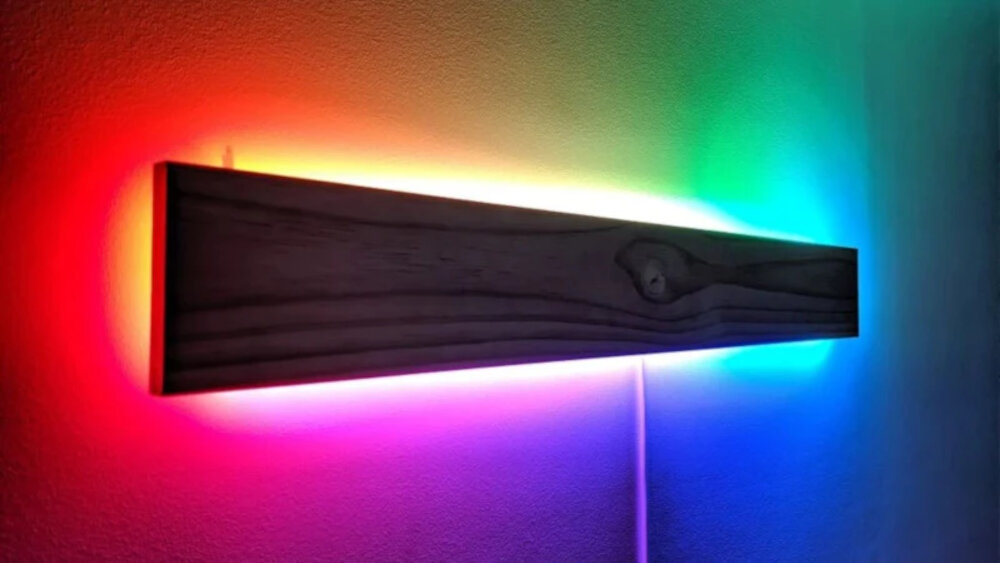
Maximizing growth with LED grow lights has become increasingly popular among indoor gardeners and farmers. LED grow lights are a highly efficient and cost-effective alternative to traditional lighting sources. They have been specifically designed to provide the necessary light spectrum for plants to grow and thrive. One of the most important factors in maximizing growth with LED grow lights is choosing the right color. The color of the LED grow light can have a significant impact on plant growth and development. There are various colors of LED grow lights available in the market, including red, blue, white, and full spectrum. Each color has a different effect on plant growth and development. Red and blue LED grow lights are the most commonly used colors. Red light is ideal for promoting flowering and fruiting, while blue light is suitable for vegetative growth. White light contains a full spectrum of colors and is suitable for all stages of plant growth. Full spectrum LED grow lights are designed to mimic natural sunlight and provide a balanced light spectrum to promote healthy plant growth. Choosing the right color of LED grow light is crucial for maximizing growth and yield.
The color spectrum emitted by LED grow lights has a significant impact on plant growth and yield. For instance, blue light promotes vegetative growth, while red light triggers flowering and fruiting. Green light has been shown to improve the overall health and photosynthetic efficiency of plants. Furthermore, ultraviolet light increases the production of essential oils and aromas in herbs and spices. On the other hand, too much yellow and orange light can lead to elongated stems and reduced yield. Therefore, selecting the right color spectrum for your LED grow light is crucial in maximizing plant growth and yield.
When it comes to indoor gardening, choosing the right lighting system is crucial for the successful growth of plants. Traditional lighting methods such as high-pressure sodium lamps and fluorescent lights have been used for decades, but LED grow lights have recently gained popularity due to their energy efficiency and ability to provide optimal light spectrums for plant growth. LED grow lights emit specific wavelengths of light that can be tailored to the needs of different plants at different stages of growth. This targeted approach can result in faster growth, higher yields, and better quality crops compared to traditional lighting methods. Additionally, LED grow lights produce less heat, reducing the risk of burning plants and allowing for closer proximity to the source of light. In summary, LED grow lights offer a more efficient and customizable solution for indoor gardening compared to traditional lighting methods.
The color spectrum plays a crucial role in the growth and development of plants, and understanding its significance is essential for any successful indoor gardening. Different colors have distinct effects on plant growth, and providing the right spectrum can significantly enhance the yield, quality, and overall health of your plants. Red and blue wavelengths are particularly important for photosynthesis, while green and yellow wavelengths are less critical but still useful for plant growth. Moreover, specific wavelengths can trigger different physiological responses in plants, such as elongation, flowering, and fruiting. Therefore, choosing the right color spectrum for your LED grow light is a vital factor in maximizing your plant’s growth potential and achieving your desired results.
In conclusion, the benefits of using LED grow lights with the right color spectrum cannot be overstated. By selecting the appropriate color, growers can maximize plant growth, health, and yield. Red light spectrum promotes flowering and fruiting, while blue light spectrum promotes vegetative growth. A balanced combination of both colors is essential for optimal plant development. With LED grow lights, growers can save energy, reduce heat output, and customize their lighting to specific plant needs. Furthermore, LED grow lights have a longer lifespan than traditional lighting, reducing maintenance costs and increasing overall efficiency. By utilizing the right color spectrum, growers can achieve healthy, robust plants that will thrive in any environment.
Conclusion
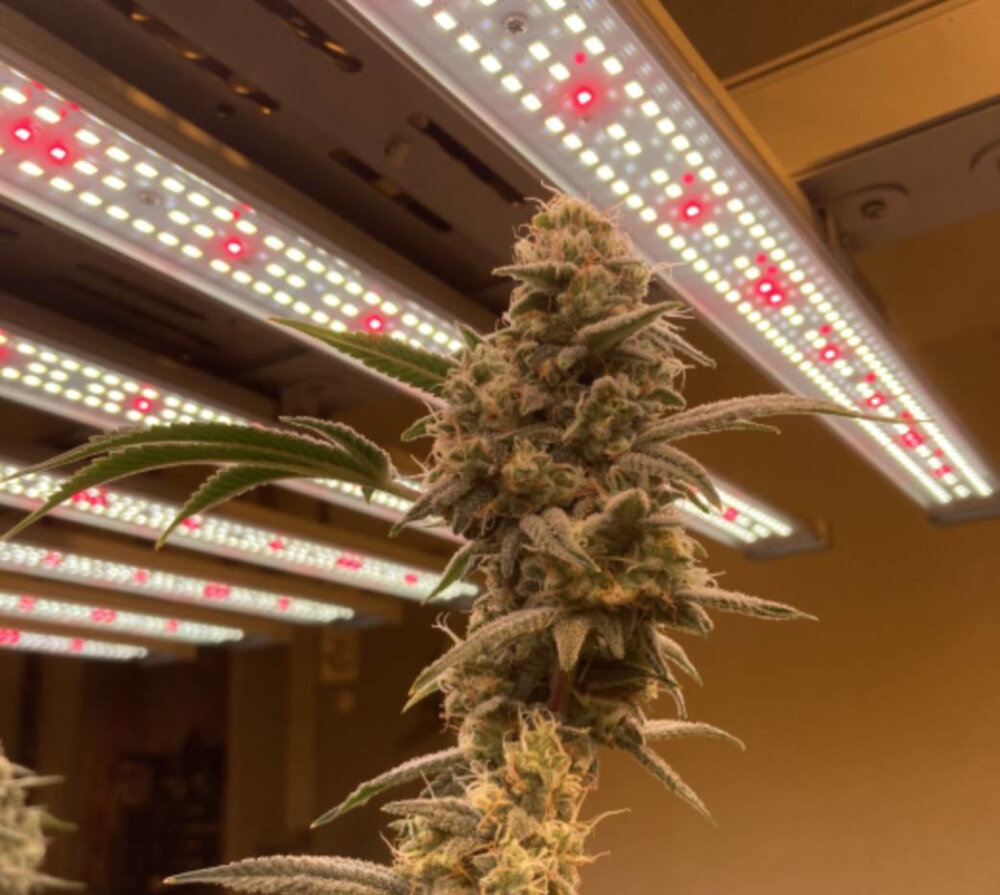
In conclusion, choosing the right color for your LED grow light is crucial for maximizing plant growth and ultimately increasing yields. The color spectrum of light determines how efficiently plants can photosynthesize and absorb nutrients, so it is important to consider the specific needs of your plants when selecting a grow light. By choosing a grow light with the appropriate color spectrum, you can provide your plants with the optimal conditions for growth and ensure that they reach their full potential. So, whether you’re a seasoned grower or just starting out, taking the time to select the right LED grow light can make all the difference in achieving a successful harvest.

